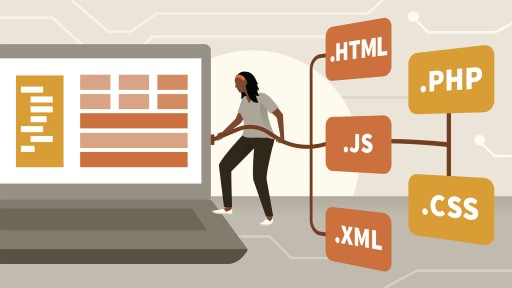
Applications working on one machine but not others is a common problem in software development. Configuration management tools and virtual machines are common solutions, but can be cumbersome and more complicated than necessary for developers who just want their code to run in other places safely. Docker, an open-source containerization platform, simplifies the deployment and management of your applications by packaging your apps into images that run in containers—standardized executable components combining application source code with the operating system libraries and dependencies required to run that code in any environment. In this course, software engineer Carlos Nunez introduces the basics of Docker, including its containers, Dockerfiles (or base images), and capabilities. Watch and learn how to build your own containers.
Topics include:
- Define Docker and explain common use cases.
- Understand how containers functionally and operationally differ from virtual machines.
- Explore three key technologies that make Docker different: layered containers, the Dockerfile, and the Docker API.
- Learn how to create and manage containers using the Docker CLI.
- Understand how to create custom container images using Dockerfiles.
- Learn how to push Docker images to the Docker registry and manage them.
- Troubleshoot common container issues using Docker CLI commands.
- Understand common best practices and problems when working with Docker containers and images.
